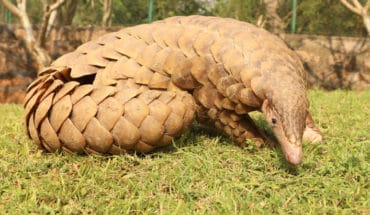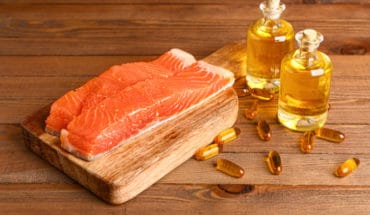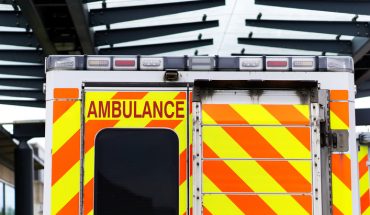Brazilian Butt Lift (BBL) procedures have become plastic surgery’s public enemy number in 2018. But it’s my view that we give this surgery the bum’s rush at our peril. Because despite the wave of negative publicity aimed at BBL ops in recent weeks – much of it warranted – there is a safe way to perform the treatment and it does have it’s place in the armoury of every good plastic surgeon. And while public education is vital in improving outcomes, demonisation and scare tactics get us nowhere.
BBL ops, or ‘Gluteal Fat Grafting’, sees fat harvested from the love handles, abdomen, thighs, back rolls, and knees of patients, before being purified and transferred to the top of the buttocks in order to ‘lift’ the bum. It’s a complex procedure, no doubt, and we’ve known about the potential dangers for some time.
In April this year an international task force – The MultiInterSociety Gluteal Fat Grafting Task Force – launched an investigation into a treatment which ‘carries the highest death rate of any aesthetic surgery.’
In April this year an international task force – The MultiInterSociety Gluteal Fat Grafting Task Force – launched an investigation into a treatment which ‘carries the highest death rate of any aesthetic surgery.’
It followed a series of fatalities in Florida, USA. And in August this year BBL claimed a British victim – 29-year-old Leah Cambridge, from Leeds, who tragically died on an operating table in Turkey. These fatalities are tragic in the extreme. Yet they are also preventable, because safe methods dramatically reduce the risks associated with BBL surgery.
It’s not about simply saying, ‘going abroad for surgery is bad’, either. It’s about educating patients so that they make the right medical tourism choices.
So what’s the bottom line?
The current thinking about the cause of deaths reported suggest that it’s the oil in the fat which, if taken up in large enough amounts, gets trapped in the lungs, causing difficulty breathing or death. And so the fat needs to be collected and harvested carefully to avoid damage to the fat cells. We use a 3mm cannula for fat harvesting and transfer – slightly larger than might be typically used – in order to ensure the fat is minimally damaged. Once collected, the fat must be prepared to remove all damaged cells and oil before being transferred to the buttocks. It’s important that fat is injected carefully and not under too much pressure and that the surgeon should avoid injection into the gluteal muscles.
At my own clinic we also use the ‘PAL system’ to safely and gently inject fat into the buttocks in a complete closed, ‘no touch’ technique, where the fat is never exposed to the theatre environment, eliminating the risk of contamination.
Meanwhile patient expectations also need to be realistic. If a surgeon is promising that’ll he’ll give you enormous buttocks, he’s not exercising a proper duty of care and it should set alarms bells ringing. And patients should remember that it’s not a ‘quick fix’. It takes around three months for the grafted fat to stabilise and for the permanent results to manifest.
Anywhere from 30 to 40 per cent of fat can also be lost in the first six months, due to the nature of the procedure, so you’ll need a good supply of excess fat to harvest in the first instance.
And patients – read up on your chosen surgeon thoroughly and ask plenty of questions so you’re comfortable with the depth of their knowledge.
- Psychiatric Assessments Creating Depression and Suicide among Trans Patients - 19th June 2019
- Why I Support The Government Stance On Textured Breast Implants - 20th May 2019
- Let’s Not Be Quick To Dismiss ‘Breast Implant Illness’ - 29th April 2019






